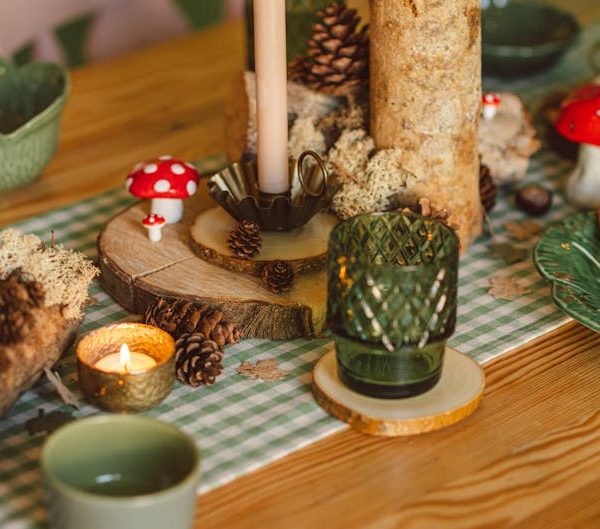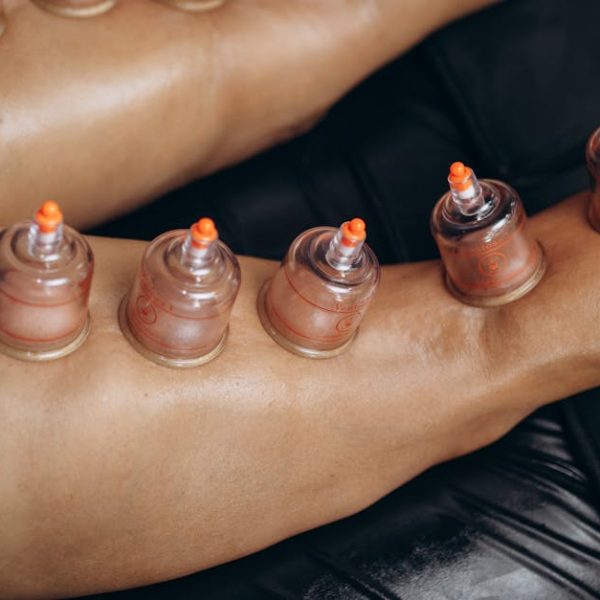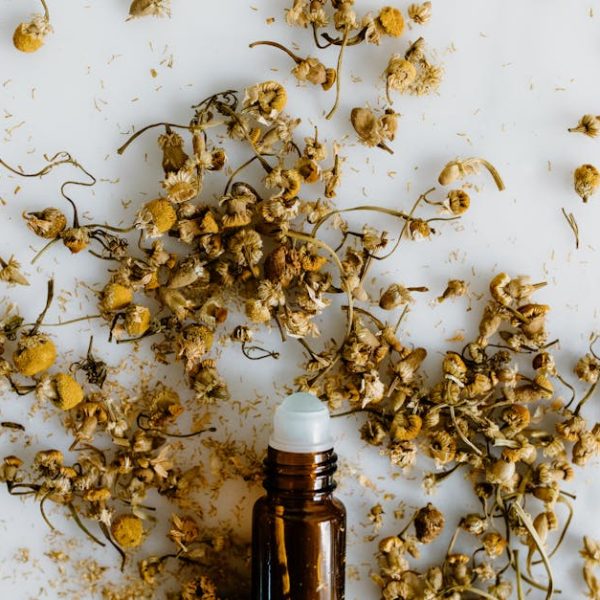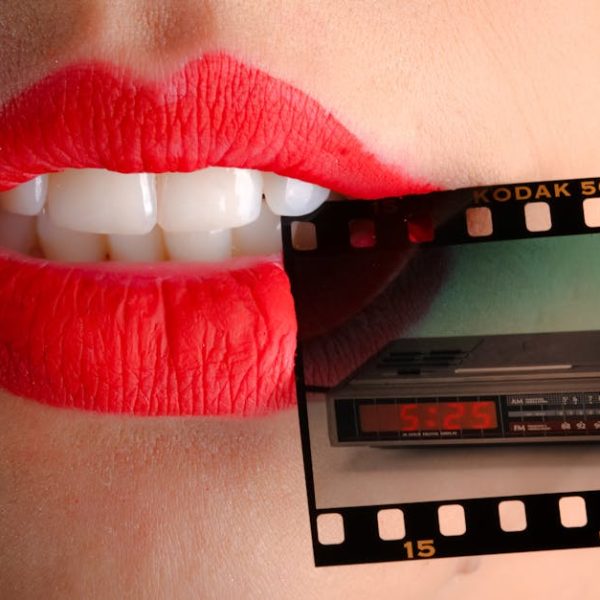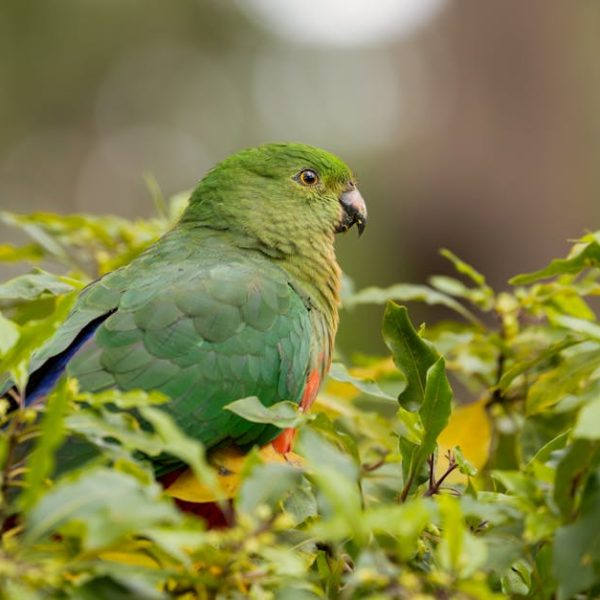As we embark on a culinary journey, we stumble upon one of the standout herbs renowned for its vibrancy – basil. This aromatic herb is an indispensable ingredient that completes many recipes, both in aroma and flavor. But how long is basil good for? A seemingly straightforward query often raises complexities that chefs, gardeners, and food enthusiasts often grapple with.
Determining the Freshness of Basil
In the world of herbs, freshness is tantamount to quality. And in the case of basil, determining freshness is relatively simple, mostly revolving around its sensory attributes. Prime basil leaves exude a vibrant green hue, maintaining their structural integrity without wilting or browning. Additionally, fresh basil gives off a distinct, robust spicy aroma that is immediately recognizable. If the color is losing its vibrancy, the leaves are wilting, or the scent is fading, it signifies the basil’s freshness has begun to decline.
- Checklist: Vibrant green color, stiff and resilient leaves, strong spicy aroma.
- Best Practice: Before buying or using basil, make it a habit to conduct a brief visual and sensory inspection.
Factors Influencing Basil’s Shelf-Life
Like all green produce, basil is inherently perishable, with its shelf-life dependent on a myriad of factors. Primary among these is the storage environment. Exposure to extreme temperatures, humidity, or light can hasten the basil’s deterioration. Hence, it is vital to store basil promptly after purchasing or harvesting it to ensure its freshness for longer.
- Comparison: Basil stored at room temperature typically lasts for about a week while properly refrigerated basil can stay fresh for up to two weeks.
- Pro Tip: Ensure your basil is stored in an environment with a controlled temperature and humidity to maximize its shelf life.
Proper Storage Methods for Basil
The key to keeping basil fresh is appropriate storage. The traditional method most favors is refrigeration. However, freezing or drying basil could also prolong its shelf life while retaining much of its characteristic flavor. On the contrary, improper storage can quickly amplify the deterioration process, leading to premature wastage.
- Checklist: Clean the basil, dry it thoroughly, and store it in a well-sealed container or bag in the refrigerator.
- Best Practice: If you don’t plan to use basil within two weeks, consider freezing or drying it to preserve its freshness for months.
To be continued…
Identification of Spoiled Basil
Identifying spoiled basil is as straightforward as spotting a fresh one. Spoiled basil typically takes on a darker color, with the leaves turning black or brown. Additionally, the leaves may become limp, with a slimy feel to the touch. The robust, spicy aroma that characterizes fresh basil also changes markedly, often becoming less pleasant or completely disappearing. Consuming spoiled basil could lead to food poisoning, so it’s vital to discard any unpleasant-smelling or discolored leaves.
- List: Black or brown leaves, slimy texture, loss of spicy aroma.
- Pros and Cons: Using spoiled basil can lead to foodborne illness, ruining your dish. On the other hand, discarding and replacing spoiled basil ensures healthy, tasty meals.
Maximizing the Longevity of Basil
Whether you’re a professional chef or a casual home cook, knowing how to maximize the lifespan of basil is an invaluable skill. This can be achieved through proper harvesting (if you grow basil at home), prompt and correct storage, and maintaining adequate temperature and humidity levels whilst storing. Regularly rotating and using your basil stock also keeps the cycle of freshness going.
- Pro Tip: Harvest basil in the morning for peak freshness and flavor.
- Comparison: Basil stored at room temperature barely lasts a week. In contrast, refrigerated basil lasts up to two weeks, while dried basil can retain its quality for months, if not years.
With the tips shared in this article, you should have a better understanding of basil’s shelf life and how to prolong it. Remember, the freshness of your basil directly impacts the quality of your dishes, so treat it with care! Now, keep your culinary adventures fresh and intoxicating with the best of basil.
Key Takeaway:
- Determining the freshness of basil involves examining its color, structure, and smell. Vibrant green and stiff leaves emitting a strong aroma signify freshness.
- The shelf-life of basil is greatly influenced by storage environment, including temperature, humidity, and light exposure.
- Proper storage methods such as refrigeration, freezing, and drying can enhance basil’s shelf life, avoiding premature wastage.
- Spoiled basil changes in color, texture, and aroma, potentially leading to food poisoning.
- Maximize the longevity of basil through proper harvesting, prompt storage, and regulating temperature and humidity levels.
Life, like basil, should be vibrant, crisp, and aromatic. Keep your cooking adventures fresh by caring for your basil – its quality impacts your dishes. Utilize these tips to prolong basil’s shelf life so you can enjoy its unique flavor in your meals for longer!
FAQs
Q: How can I use basil that’s about to spoil?
A: You can use basil that’s nearing spoilage by making pesto, adding it to sauces, or even using it to infuse oils. It’s always best to use basil at its freshest, but these methods can help you utilize basil that is losing its freshness.
Q: Can I freeze fresh basil?
A: Yes, freezing is one of the best ways to preserve basil for long periods. While it may change its texture, the flavor remains largely intact. Simply wash and dry the basil leaves, then freeze them in airtight bags or containers.
Q: Can basil plants regrow after harvesting?
A: Yes, basil plants can regrow after harvesting. It’s recommended to snip the stems just above the set of two large leaves, allowing for new branches to sprout on the sides.
Q: Is there a difference between the shelf life of dried and fresh basil?
A: Dried basil has a longer shelf life than fresh basil due to its lower moisture content. Stored properly, dried basil can last up to a year or even more.
Q: What are signs of overwatered basil plants?
A: Signs of overwatered basil plants include yellowing leaves, wilting, and root rot. If you encounter these issues, reduce the watering frequency and ensure the plant has adequate drainage.
Remember, the more you know, the better you can enjoy and utilize your basil in the kitchen. Explore more related posts on our website, and don’t forget to share this article with other basil enthusiasts.

